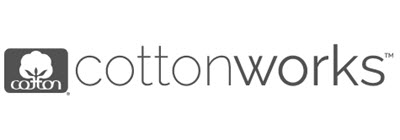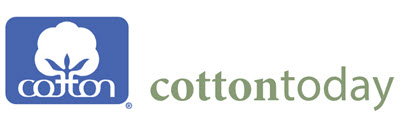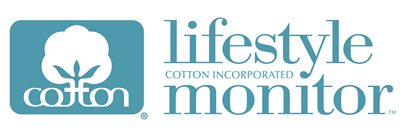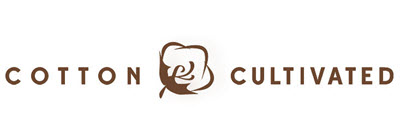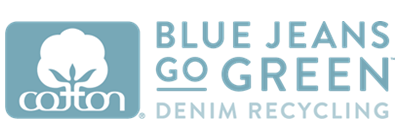Cotton Incorporated
Executive Cotton Update
U.S. Macroeconomic Indicators & the Cotton Supply Chain
November 2025
Government Shutdown: The U.S. federal government has been under a shutdown since the first of October. The duration of the current funding gap is the longest on record (41 days as of November 10th, when this document was written). The previous record of 34 days was set in 2018-19.
The shutdown has affected a wide range of government economic reporting, and the structure of this publication has been temporarily altered to accommodate changes in data availability. All of the figures presented in the tables and charts are the latest available. The discussion below covers recent events shaping the outlook for spending and sourcing.
A point of contention between the two parties is whether the funding bill will include a provision to extend subsidies for health care. Progress towards an agreement appeared to have been made among Senate members November 9th, but a formal vote is still required in both the Senate and the House.
There are several direct economic effects of the shutdown. One of those is that many federal employees have not been getting paid. Estimates are that at least 670,000 federal employees have been furloughed (on leave, not being paid) and that 730,000 have been working without pay (for context, the total U.S. labor force is 170 million). Expectations are that these employees will get back pay, but until the government reopens and payments are made, these people can be expected to be limiting their spending.
Another direct economic effect stemming from the shutdown relates to Supplemental Nutrition Assistance Payment benefits (SNAP, or food stamps). The availability of this monthly support to lower income families is being argued in the courts. On November 8th, the USDA issued a memo following a Supreme Court decision which indicated November benefit payments should be 65% of the normal maximum allotment. Both the delay and any reduction in payments affect the finances of more than 40 million Americans (for context, total U.S. population is near 343 million). If these consumers allocate more of their income towards food, there could be less money available for more discretionary goods like apparel.
It may be notable that these developments are surfacing around the start of the important holiday sales period. These economic stresses could affect the volume of goods purchased, especially when factoring in inflation. Although much economic reporting has been delayed due to the shutdown, there was a release of CPI data in October. The reading for overall inflation was +3.0% year-over-year. This matched the rate from January, but it otherwise ranked as the highest rate in sixteen months. The National Retail Federation recently released their forecast for holiday spending and suggested growth could be between 3.7% and 4.2%. Last year, sales growth was 4.3%. It was 4.7% in 2022 and 3.9% in 2023.
Tariffs: There was a series of announcements concerning tariffs that were made over the past month. Many of these were issued around the meeting between President Trump and President Xi Jinping at the end of October. These included frameworks and agreements with Cambodia, Malaysia, Thailand, and Vietnam. Several of these announcements included statements regarding purchases of U.S. agricultural goods, but there were not any comments specifying purchase volumes or values for U.S. cotton.
After threats were made to increase tariffs on China by 100 percentage points in the first half of October, negotiations with China led to a reduction in tariff rates. In 2025, there have been three sets of U.S. tariff increases on goods from China. The first came in February and were attributed to fentanyl (ten percentage points). A second fentanyl-associated increase occurred in March (ten percentage points). This was followed by the “reciprocal” tariffs that were introduced in April and lowered in May (to ten percentage points). In combination, these increases implied that recent U.S. imports from China had been facing thirty-point tariff increases in much 2025. With the negotiations around the recent meeting between the leaders from the U.S. and China, the fentanyl-related tariffs were reduced by half, lowering the current level of 2025 tariff addition on imports from China to twenty points.
The Supreme Court began hearing arguments regarding tariffs on November 5th. These hearings are examining the legal justification used by the administration to impose many of the tariff increases this year and will rule whether the International Emergency Economic Powers Act (IEEPA) can be used by a president to implement tariffs. The timing of the court’s decision is unknown.
Economic Outlook: The Federal Reserve’s Open Market Committee, which makes decisions regarding interest rate policy, met in late October. At the meeting, the decision was made to cut interest rate by one quarter of a percentage point (to a range between 3.75%-4.00%, its recent peak was between 5.25%-5.50% before cuts started in September 2024). With the shutdown, the central bank is making decisions with less data. Comments after the meeting relayed a view that labor market has been weakening and that there are downside risks for the employment situation. The Fed also indicated that inflation has been easing for services but rising for goods and that there are upside risks for overall price movement.

